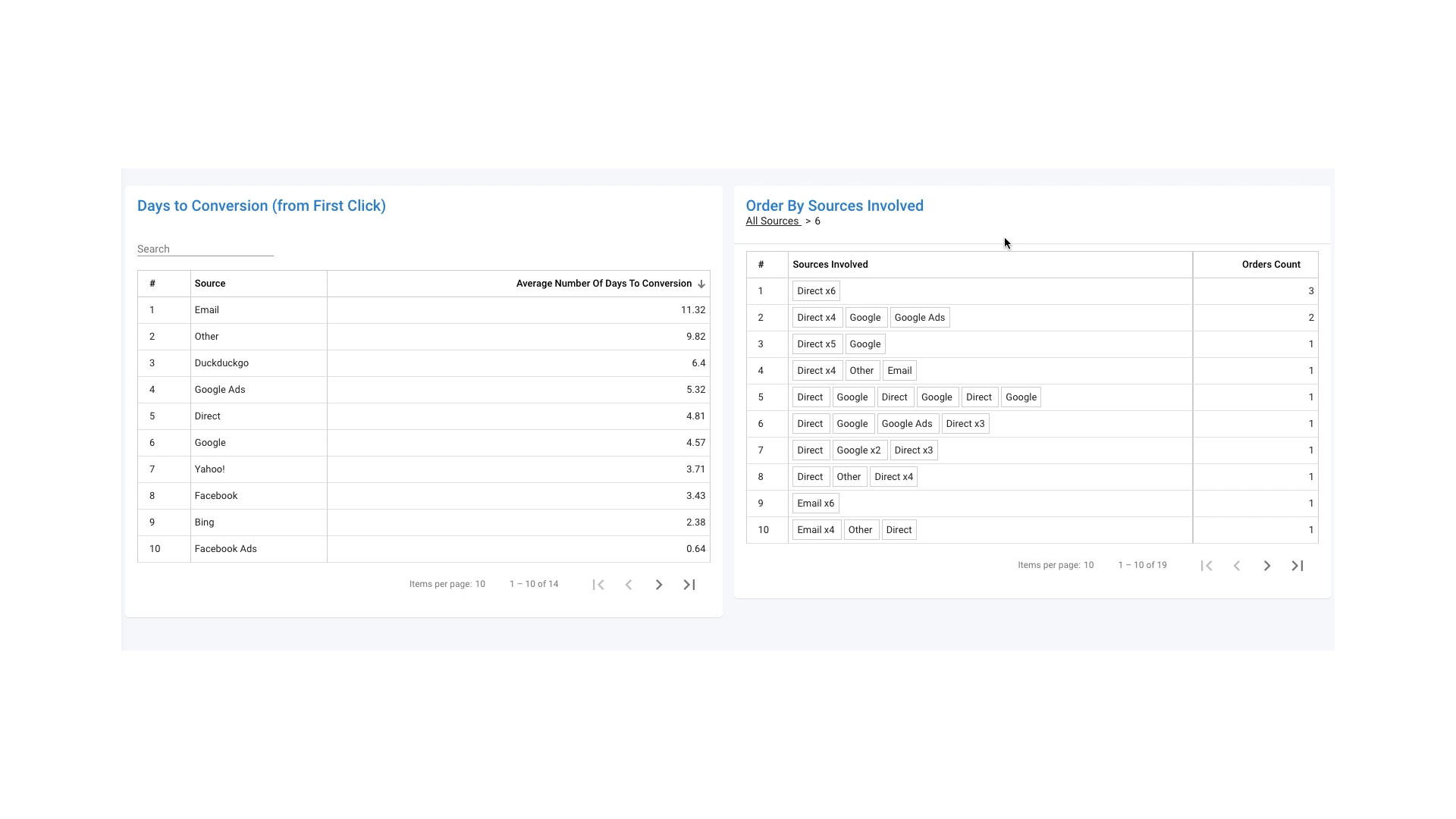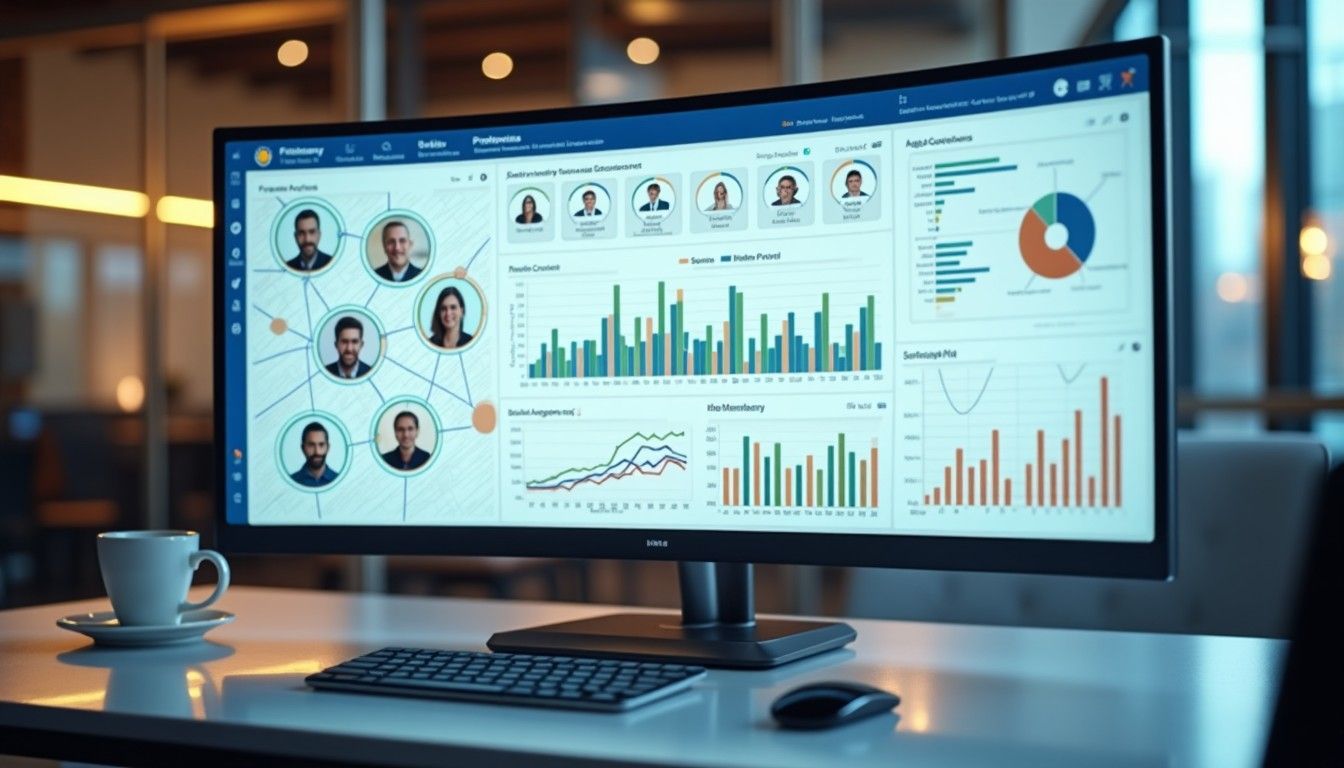Be a know it all.
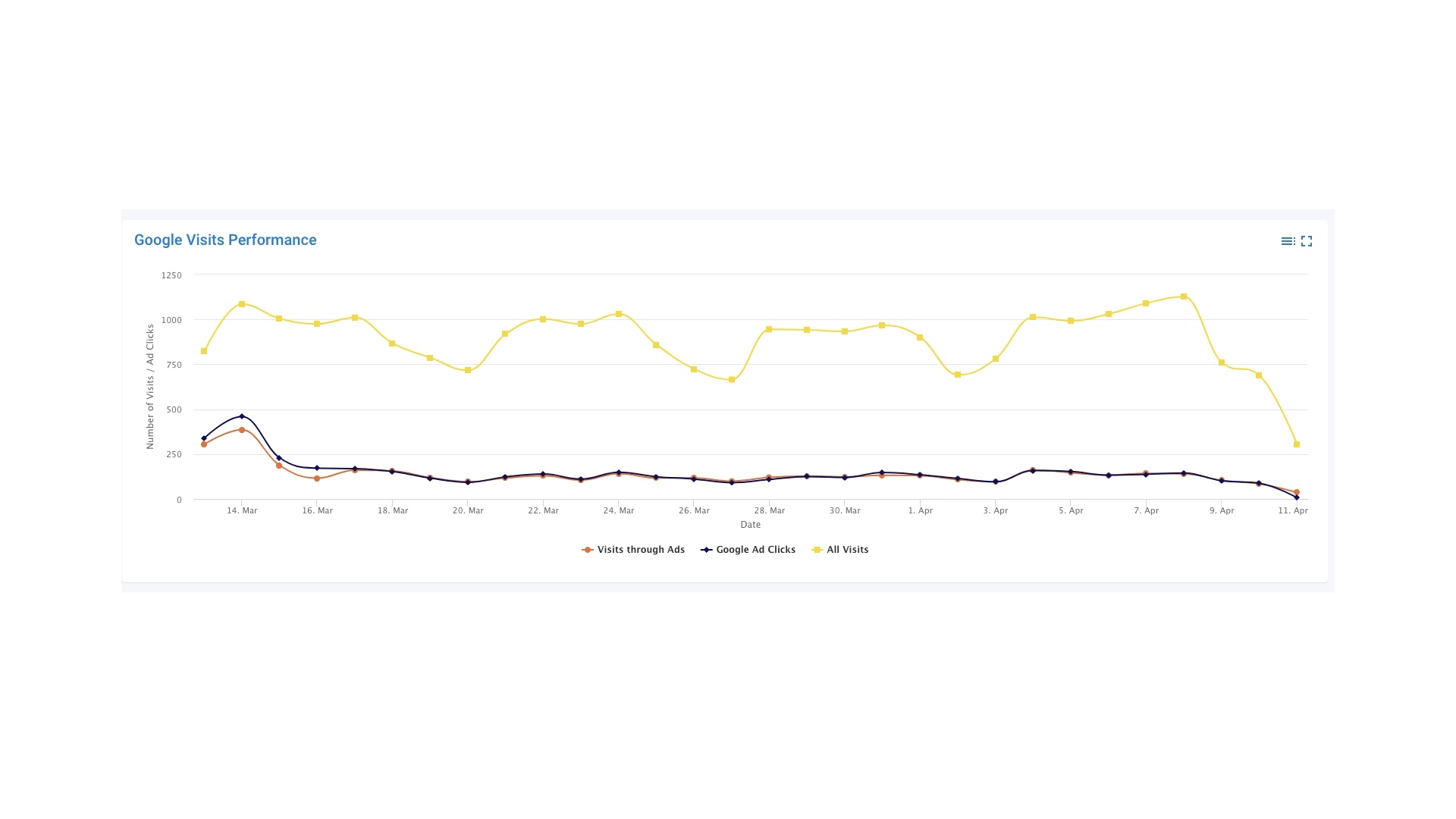
Google ad clicks reports daily clicks. Ideally, this number and visits through ads will match closely, but usually, visits through ads will be lower than the number of Google ad clicks. This is due to the fact that some of the visitors may not land on your website after clicking an ad and may decide to hit the back button or close the browser quickly.
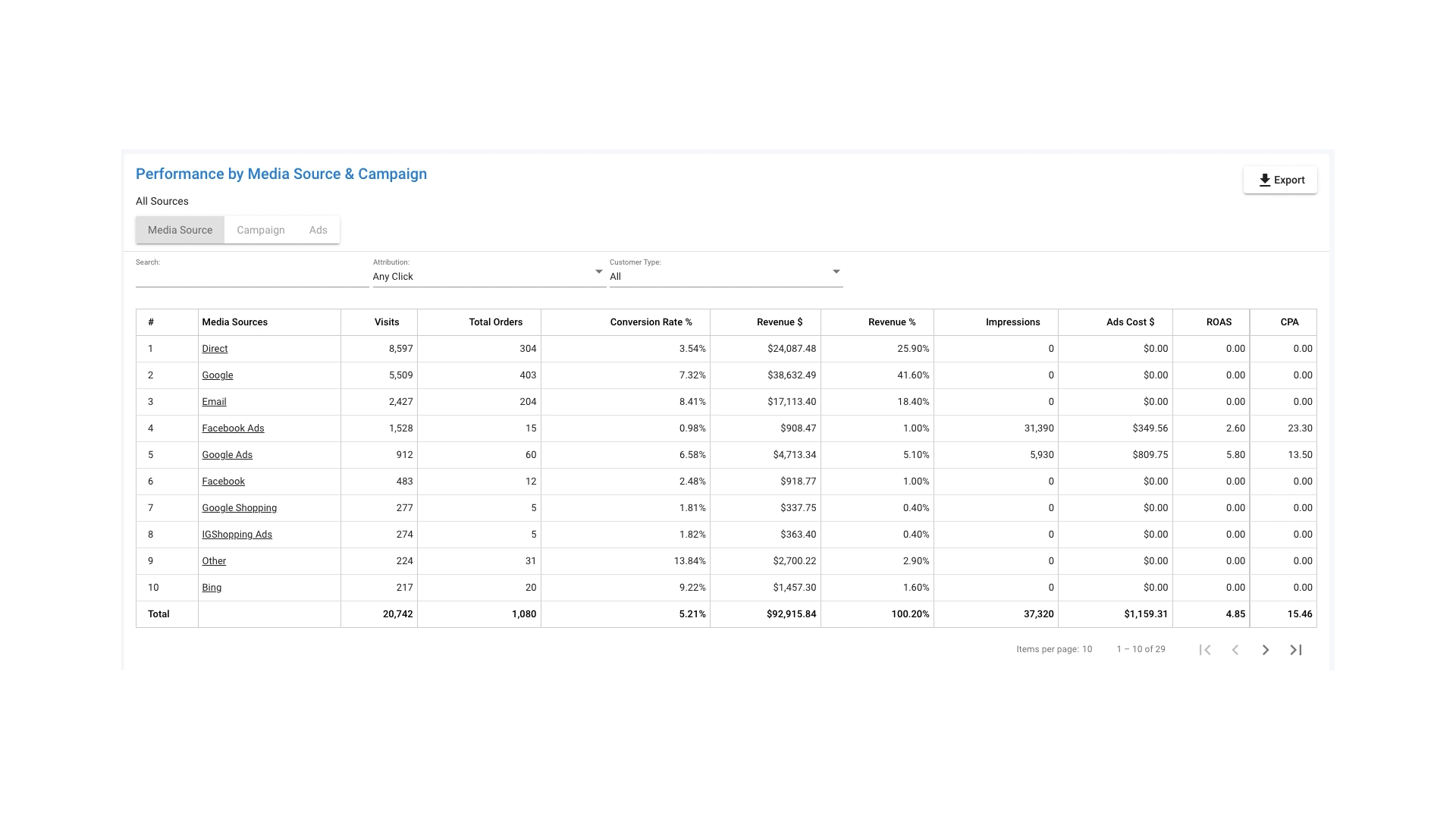
All media sources including owned, earned and paid are included, so you get a single view across overall performance. For the media sources that have campaigns, you can drill down to get the campaign level performance. You can even filter for a specific media source or all sources containing specific characters.
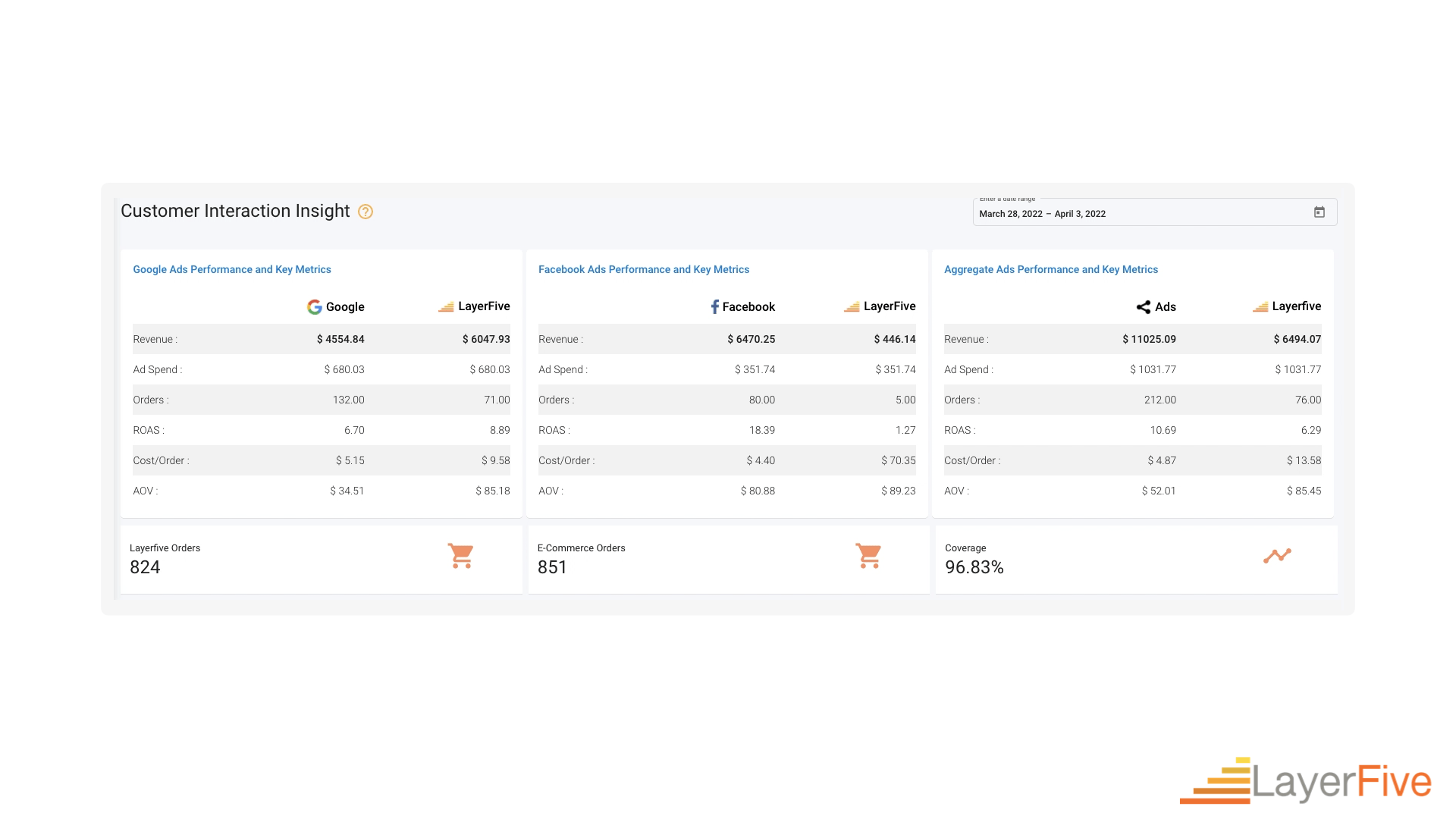
This video will help you better understand LayerFive ads performance and key metrics. The set of tables in this section show the performance of the two most widely used media sources, Google ads and Facebook ads. The data is shown as reported by the media sources themselves, as well as what layer five platform reports. The last table shows the aggregated and duplicated performance across both these media sources.

Apple's powerplay in the privacy space has ruined many people's digital ad performance. This blog outlines a quick and easy way to regain that high level performance and to boost your understanding of your customers at the same time.
First-party data is the key. Collecting it and then using it to fill the gap left when 3rd party cookies became useless, allows you to reach bigger and better quality audiences when advertising online.

Apple's iOS 14 updates sent shockwaves throughout the digital marketing industry. Online ads became less effective and more expensive for anyone using major digital ad platforms like Facebook and Google. Their inability to track users with 3rd party cookies as they had previously done meant that they were suddenly scrambling to respond to Apple. For the average advertiser, they were left wondering why their ROAS had dropped so suddenly and what they could do about it.

After a 12-year legal battle, Google has agreed to pay $23 million to settle a class action lawsuit brought by consumers who claimed that the company's search engine shared their queries with advertisers or other third parties without their permission. Originally filed in 2010, the lawsuit alleged that when a Google user clicked on a link in search results, the site shared the search terms entered with third parties, potentially revealing personal information about the searcher. According to the suit, advertisers pay Google to see what search terms led consumers to a particular page.

As we head into 2023, retailers will need to be even more agile and responsive to the changing landscape to stay competitive and continue driving growth. This means adapting to shifting consumer preferences, new market conditions, and rising costs. One major challenge facing retailers is the shift toward e-commerce, which has accelerated rapidly during the pandemic. Online sales are projected to reach more than $31 trillion by 2025, taking an increasingly larger slice of total retail sales worldwide. To stay competitive in this environment, retailers need to offer seamless and convenient online shopping experiences and effectively leverage social media and influencer marketing to drive customer acquisition and retention.
BILLY uses various platforms for email marketing, loyalty management, customer reviews etc. As part of the implementation, LayerFive integrated with these platforms and resolved consumer identities across these platforms along with the online identities to build a private identity graph and a unified consumer profile for BILLY.


